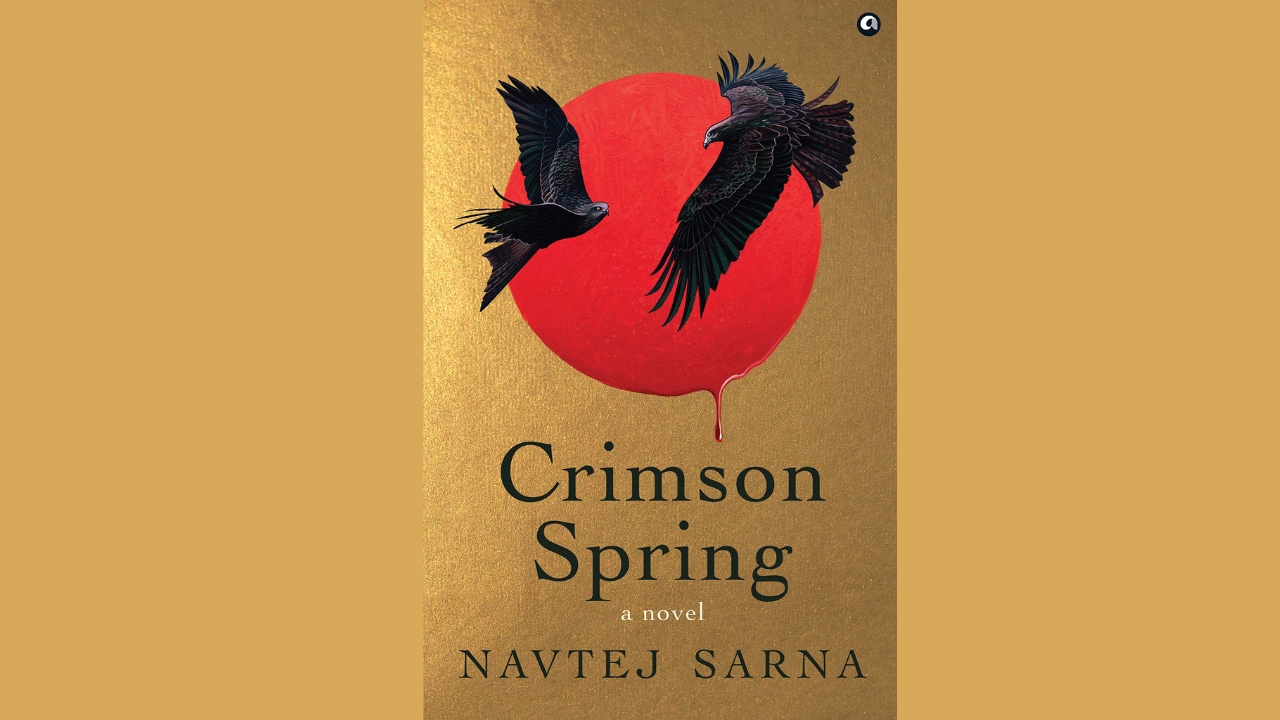The Crimson Spring had been lying on my desk for a while, rekindling memories of the wounds of the mindless massacre of Indians by General Dyer, on 13 April 1919 in Jallianwala Bagh “Yet another book about that horrific day?” was my first thought.
But the book continued to be recommended to me. “Don’t miss it,” said some. At the Indian High Commission in London, Sujit Ghosh, the Acting High Commissioner, told me that it was a ‘very fine book indeed.’ Upon my return, I learnt that it was shortlisted for the JCB Prize. The citation said, “A solidly crafted work of historical fiction, Crimson Spring not only talks about the historical moment of turbulence and terror triggered by the Jallianwala Bagh massacre but also vividly brings to life rural Punjab at the turn of the century.”
I had to read it. Thank God I did! Author Navtej Sarna’s central characters are Michael O’Dwyer – the ruler of the Punjab province who approved General Dyer’s unpardonable actions – and Udham Singh, who killed O’Dwyer. Sarna rightly refers to General Dyer as a minor character, not the lead and writes a book that is seeped in its times; you can almost smell Punjab.
Sarna’s writing is delightful. When he writes about childhoods, he indulges like a father. When he writes about fights, he becomes a warrior. When he writes about temples, he becomes a believer. And when he writes about love, he becomes a poet. Five things to look forward to in the book-
1. The idea of ‘crafting’ nine characters and sketching their characters in an exceedingly simple and lucid fashion, makes it a ‘story’ book set in a compelling time in Indian history. These characters include Indians and Britons, ordinary people and powerful officials, the innocent and the guilty. What is common is that their lives are changed forever by the events of that fateful day. You have to pinch yourself and remind yourself that it’s a novel.
2. Readers will love the character of Hugh Porter, the chief secretary of Punjab – who is an ‘imperialist with a weak heart.’ Porter stopped writing poetry given the lack of literary discussions in British India. “British Indian society was a swirl through gymkhanas and dances and a race for this appointment or that,” he laments. Quite aptly put.
3. The book gives a fair amount of time to establish that the Rowlatt Act was not understood by the common-folk at all. This places the massacre in context even further. The most important lines in the book have to be “Dyer had decided in advance to open fire if he saw a crowd gathered. There was no warning to disperse.”
4. Another character Kirpal Singh, who was sent away to fight wars for the British Army recalls the horror of war, upon his return to his village as follows- “..it had been the devil’s war..a war without end..in which the shells fell like monsoon rain and men dropped to the ground like jamming fall from a tree in a storm and bodies lay ‘unburied and unburnt for months preserved by the snow.’ Wilfred Owen comes to mind.
5. The chapter with letters by Udham Singh is very powerful. You have to pardon his ‘French’ in these letters.His desire to ‘pass the exam that ‘Bhagat Singh, Rajguru and Sukhdev’ passed and his desire ;to be remembered not only as a hero but also a lover,’ are very evocative
Navtej Sarna has written both fiction and non-fiction before. The cover is suitably sinister and captivating; creative director Bena Sareen is one of many unsung heroes in Indian publishing. The book leaves you wondering what could possibly motivate the reprehensible atrocities inflicted by folks like Dyer and Dwyer- two names so similar they have been conflated into a common symbol of hate.
Reeta Ramamurthy Gupta is a columnist and bestselling biographer. She is credited with the internationally acclaimed Red Dot Experiment, a decadal six-nation study on how ‘culture impacts communication.’ On Twitter @OfficialReetaRG
